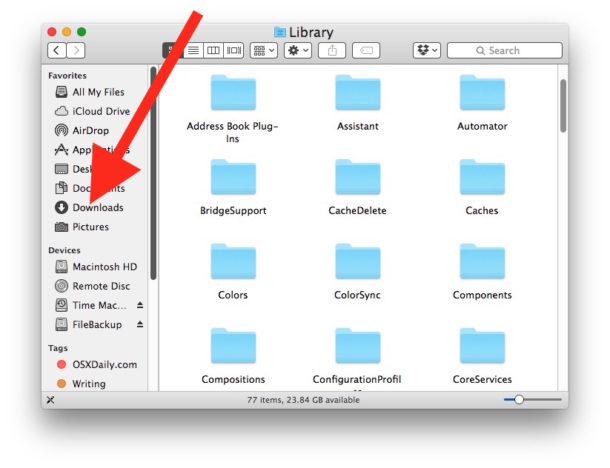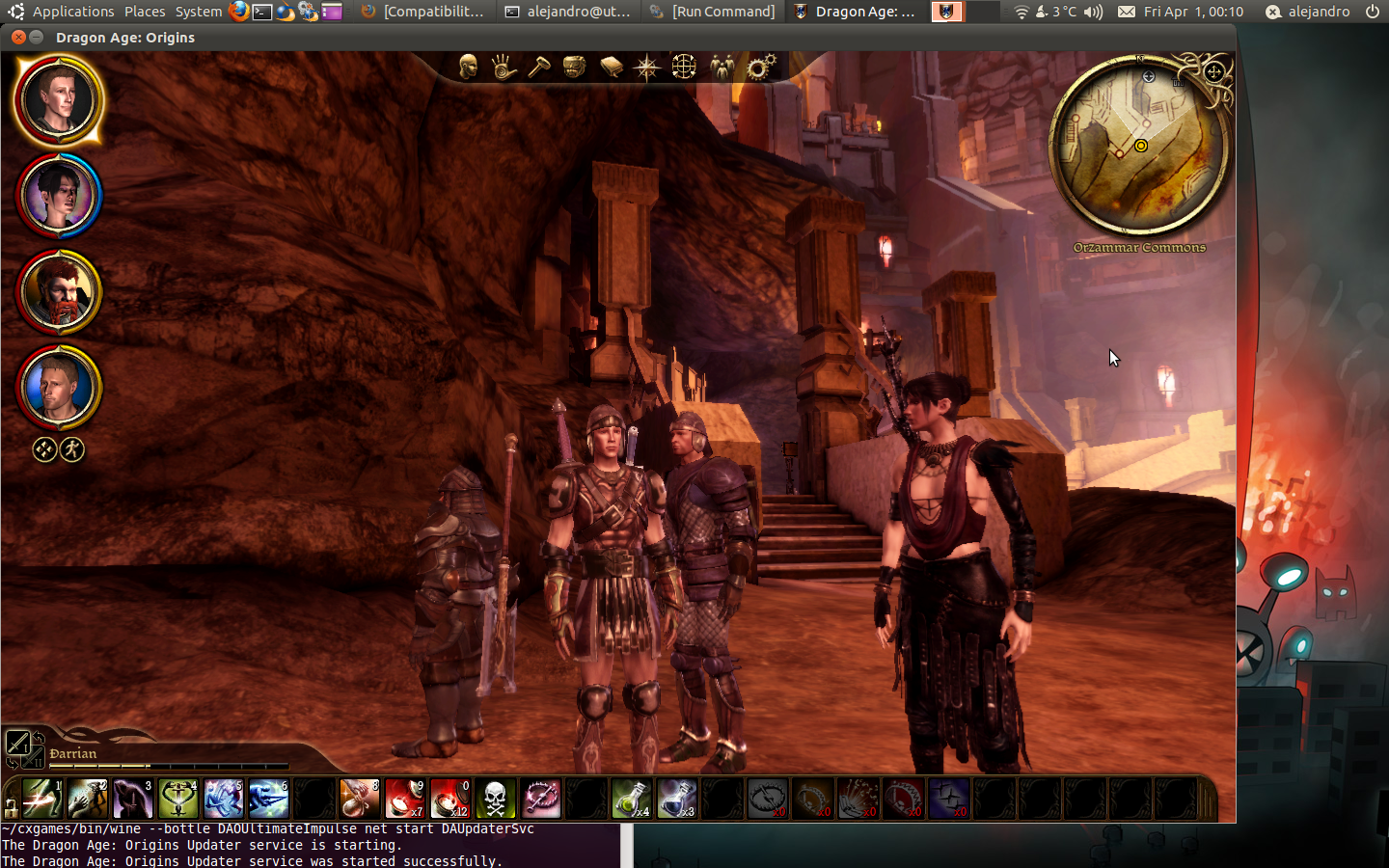Download Fabric App For Mac
Fabric is an application that will allow us to monitor our apps (those we have developed) and receive notifications in real time about any possible error or critical failure related to them. We can also see the number of active users that there are at all times using our application, and the comparison with the previous day. In the same way, we can see a graph with the percentage of users who have not had any failures with the app, and also a detailed view of the errors and their details.
From the drop-down menu on the left we can quickly access any of our applications. And once we are consulting one of the apps, we can configure the notifications at our whim. We can choose not to receive any notification for a specific app, or instead receive notifications for any failure or stability problem.
Fabric is a very interesting application for developers of Android applications, because thanks to it they can have them all controlled, and receive notifications whenever necessary.
More from Us: Dr. Panda Town For PC (Windows & MAC).
Here we will show you today How can you Download and Install Tools App Fabric on PC running any OS including Windows and MAC variants, however, if you are interested in other apps, visit our site about Android Apps on PC and locate your favorite ones, without further ado, let us continue.
Fabric on PC (Windows / MAC)
- Download and install BlueStacks or Remix OS Player.
- Open the installed BlueStacks or Remix OS Player and open the Google Play Store in it.
- Now search for “Fabric” using the Play Store.
- Install the game and open the app drawer or all apps in the emulator.
- Click Fabric icon to open it, follow the on-screen instructions to play it.
- You can also download Fabric APK and installs via APK in the BlueStacks Android emulator.
- You can also use Andy OS to install Fabric for PC.
That’s All for the guide on Fabric For PC (Windows & MAC), follow our Blog on social media for more Creative and juicy Apps and Games. For Android and iOS please follow the links below to Download the Apps on respective OS.
You may also be interested in: Brave Hand For PC (Windows & MAC).
Fabric for Android:
Nov 30, 2010 JOANN is the nation’s leading fabric and craft retailer with a great product selection, knowledgeable customer service, and class offerings for all ages. Download the latest JOANN app and be part of a community of people who love to make things with their hands, hearts and minds. Packages for.NET Core 2.0 Service Fabric applications are hosted on NuGet.org, which is currently in preview. Install the Service Fabric plug-in for Eclipse on your Mac. Azure Service Fabric provides a plug-in for Eclipse Neon (or later) for the Java IDE. The plug-in simplifies the process of creating, building, and deploying Java services.
A Professional Business Analyst, Tech Author and Writer since 2013. Always talking about Tech and innovation in both Software and Hardware worlds. Majorly Expert in Windows and Android, Software, Mobile Apps and Video Marketing. You can Reach on me on Social Media.
Estimated reading time: 6 minutesDocker Desktop for Mac is the Community version of Docker for Mac.You can download Docker Desktop for Mac from Docker Hub.

By downloading Docker Desktop, you agree to the terms of the Docker Software End User License Agreement and the Docker Data Processing Agreement.
What to know before you install
Free Mac Apps Downloads
README FIRST for Docker Toolbox and Docker Machine users
If you are already running Docker on your machine, first readDocker Desktop for Mac vs. Docker Toolbox to understand theimpact of this installation on your existing setup, how to set your environmentfor Docker Desktop on Mac, and how the two products can coexist.
Relationship to Docker Machine: Installing Docker Desktop on Mac does not affect machines you created with Docker Machine. You have the option to copy containers and images from your local default machine (if one exists) to the Docker Desktop HyperKit VM. Whenyou are running Docker Desktop, you do not need Docker Machine nodes running locally (or anywhere else). With Docker Desktop, you have a new, nativevirtualization system running (HyperKit) which takes the place of theVirtualBox system. To learn more, see Docker Desktop for Mac vs. Docker Toolbox.
System requirements

Your Mac must meet the following requirements to successfully install Docker Desktop:
Download Fabric App For Mac Pro
Mac hardware must be a 2010 or a newer model, with Intel’s hardware support for memory management unit (MMU) virtualization, including Extended Page Tables (EPT) and Unrestricted Mode. You can check to see if your machine has this support by running the following command in a terminal:
sysctl kern.hv_supportIf your Mac supports the Hypervisor framework, the command prints
kern.hv_support: 1.macOS must be version 10.13 or newer. That is, Catalina, Mojave, or High Sierra. We recommend upgrading to the latest version of macOS.
If you experience any issues after upgrading your macOS to version 10.15, you must install the latest version of Docker Desktop to be compatible with this version of macOS.
Note: Docker supports Docker Desktop on the most recent versions of macOS. That is, the current release of macOS and the previous two releases. Docker Desktop currently supports macOS Catalina, macOS Mojave, and macOS High Sierra.
As new major versions of macOS are made generally available, Docker stops supporting the oldest version and support the newest version of macOS (in addition to the previous two releases).
At least 4 GB of RAM.
VirtualBox prior to version 4.3.30 must not be installed as it is not compatible with Docker Desktop.
What’s included in the installer
The Docker Desktop installation includes Docker Engine, Docker CLI client, Docker Compose, Notary, Kubernetes, and Credential Helper.
Install and run Docker Desktop on Mac
Double-click
Docker.dmgto open the installer, then drag the Docker icon to the Applications folder.Double-click
Docker.appin the Applications folder to start Docker. (In the example below, the Applications folder is in “grid” view mode.)You are prompted to authorize
Docker.appwith your system password after you launch it. Privileged access is needed to install networking components and links to the Docker apps.The Docker menu in the top status bar indicates that Docker Desktop is running, and accessible from a terminal.
If you just installed the app, you also get a message with suggested next steps and a link to the documentation. Click the Docker menu () in the status bar to dismiss this pop-up notification.
Click the Docker menu () to seePreferences and other options.
Select About Docker to verify that you have the latest version.
Congratulations! You are now successfully running Docker Desktop.
Uninstall Docker Desktop
To unistall Docker Desktop from your Mac:
- From the Docker menu, select Troubleshoot and then select Uninstall.
- Click Uninstall to confirm your selection.
Note: Uninstalling Docker Desktop will destroy Docker containers and images local to the machine and remove the files generated by the application.
Switch between Stable and Edge versions
Docker Desktop allows you to switch between Stable and Edge releases. However, you can only have one version of Docker Desktop installed at a time. Switching between Stable and Edge versions can destabilize your development environment, particularly in cases where you switch from a newer (Edge) channel to an older (Stable) channel.
For example, containers created with a newer Edge version of Docker Desktop maynot work after you switch back to Stable because they may have been createdusing Edge features that aren’t in Stable yet. Keep this in mind asyou create and work with Edge containers, perhaps in the spirit of a playgroundspace where you are prepared to troubleshoot or start over.
To safely switch between Edge and Stable versions, ensure you save images and export the containers you need, then uninstall the current version before installing another. For more information, see the section Save and Restore data below.
Download Fabric App For Mac Free
Save and restore data
You can use the following procedure to save and restore images and container data. For example, if you want to switch between Edge and Stable, or to reset your VM disk:
Use
docker save -o images.tar image1 [image2 ..]to save any images you want to keep. See save in the Docker Engine command line reference.Use
docker export -o myContainner1.tar container1to export containers you want to keep. See export in the Docker Engine command line reference.Uninstall the current version of Docker Desktop and install a different version (Stable or Edge), or reset your VM disk.
Use
docker load -i images.tarto reload previously saved images. See load in the Docker Engine.Use
docker import -i myContainer1.tarto create a filesystem image corresponding to the previously exported containers. See import in the Docker Engine.
For information on how to back up and restore data volumes, see Backup, restore, or migrate data volumes.
Where to go next
- Getting started provides an overview of Docker Desktop on Mac, basic Docker command examples, how to get help or give feedback, and links to other topics about Docker Desktop on Mac.
- Troubleshooting describes common problems, workarounds, howto run and submit diagnostics, and submit issues.
- FAQs provide answers to frequently asked questions.
- Release notes lists component updates, new features, andimprovements associated with Stable releases. For information about Edge releases, see Edge releasenotes.
- Get started with Docker provides a general Docker tutorial.
